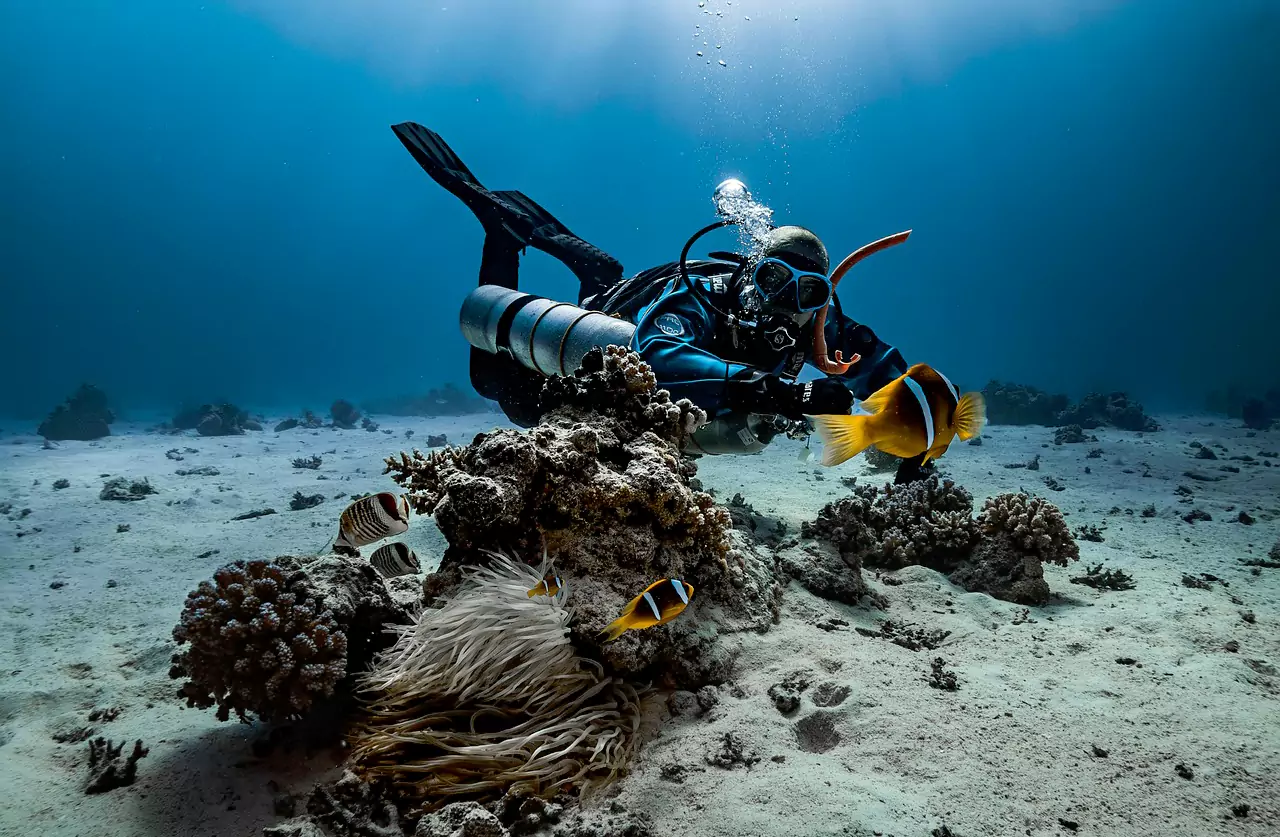India is stepping into one of the most ambitious scientific frontiers on the planet — the deep ocean. Under its revolutionary Deep Ocean Mission, the country is developing a human-occupied submersible capable of diving 6,000 meters below sea level. This initiative positions India to join a very small group of nations exploring the extreme depths of our oceans.
This isn’t just another research project — it’s a bold leap into the unknown, where pressure is crushing, sunlight fades completely, and life forms are unlike anything seen on the surface.
🚀 What Exactly Is India Building?
At the heart of this mission is a specially designed submersible called Matsya 6000.
It will serve as the world’s deepest manned ocean research platform, able to carry three aquanauts to the depths of the Indian Ocean.
Key features:
- Dive depth: 6,000 meters
- Crew: 3 people
- Body: High-strength titanium alloy sphere
- Operational time: 12 hours (96 hours emergency capacity)
- Purpose: Scientific research, seabed exploration, and studying extreme marine life
At 6 km under the sea, the pressure is nearly 600 times greater than at the surface — powerful enough to crush metal. Building a structure that can withstand such an environment is a major engineering triumph for India.
🔍 Why Is This Mission Important?
1️⃣ Exploring Life in Extreme Environments
The deep ocean is one of Earth’s last unexplored territories. Scientists believe it holds answers about:
- How unique organisms survive without sunlight
- New microbes that may benefit medicine & biotechnology
- Evolution of life under extreme pressure
India is also establishing its first deep-sea microbial repository, which will preserve and study rare microorganisms found during these missions.
2️⃣ Unlocking Mineral Resources
The Indian Ocean is rich in:
- Polymetallic nodules
- Rare earth elements
- Cobalt, nickel, manganese, and copper
These are crucial for electronics, EV batteries, aerospace equipment, and clean-energy technologies.
3️⃣ Boosting the Blue Economy
The mission supports India’s strategy to responsibly use ocean resources to:
- Strengthen maritime research
- Improve environmental sustainability
- Build new marine industries
4️⃣ Global Prestige & Scientific Leadership
Once operational, India will be among the few countries with manned deep-sea exploration capability, placing it at the forefront of ocean science and underwater technology.
⚙️ How Will India Explore 6000m Depth?
The submersible works like a high-tech capsule designed to survive the harshest ocean conditions.
Inside the titanium sphere, the pressure remains stable, allowing scientists to:
- Collect marine samples
- Capture high-resolution deep-sea footage
- Study biodiversity on the ocean floor
- Observe geological formations
Special sensors, robotic arms, and communication systems will guide the journey and send data to the surface ship.
⚠️ Challenges India Must Overcome
Exploring 6,000 meters underwater is not easy. India must tackle:
- Extreme pressure that can destroy most materials
- Long communication delays under water
- Marine darkness where visibility is near zero
- High mission cost and complex engineering
- Environmental concerns related to deep-sea ecosystems
Each challenge requires precise engineering, international collaboration, and rigorous safety testing.
🌏 Why the World Is Watching India
Countries like the U.S., Japan, China, and France have deep-sea exploration programs — but India’s 6000m mission stands out for:
- Indigenous engineering
- Focus on sustainable ocean use
- Potential to unlock new scientific knowledge
- Ability to boost global ocean research networks
This mission could transform how nations study deep oceans and how humanity understands life beneath the waves.
🐚 A New Age of Ocean Exploration Begins
India’s upcoming 6,000-meter underwater lab is more than a technological achievement — it’s a step toward discovering untouched ecosystems, unlocking new scientific secrets, and shaping the future of marine research.





